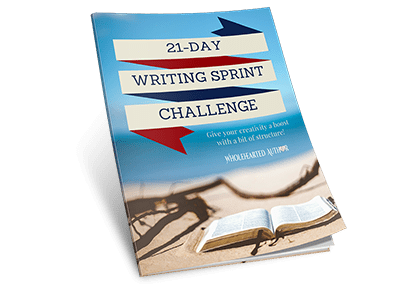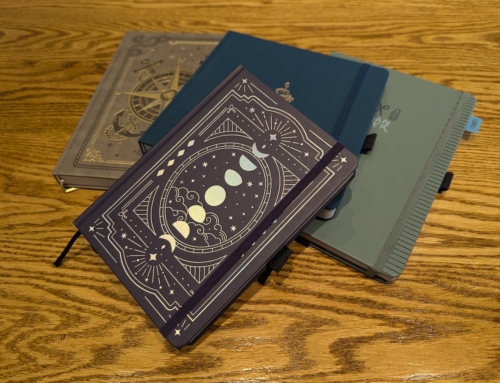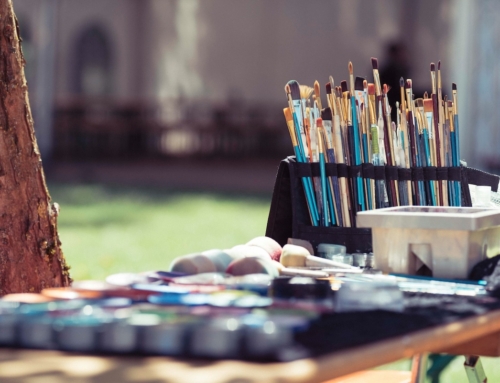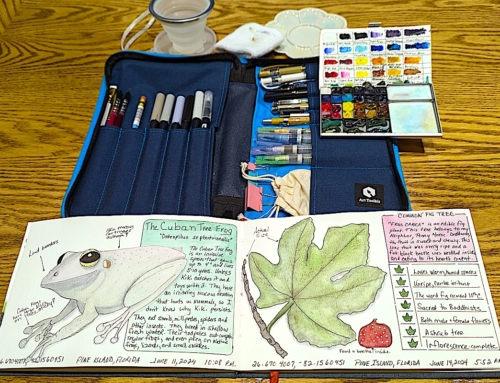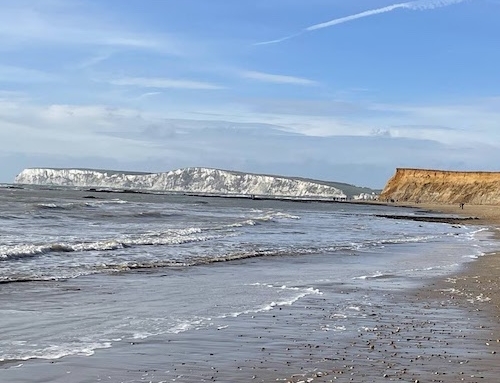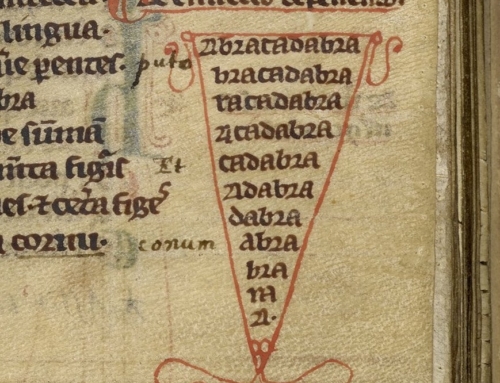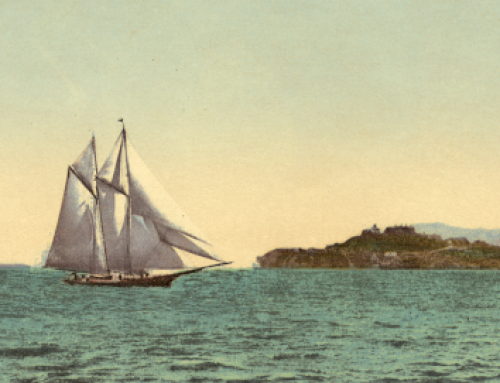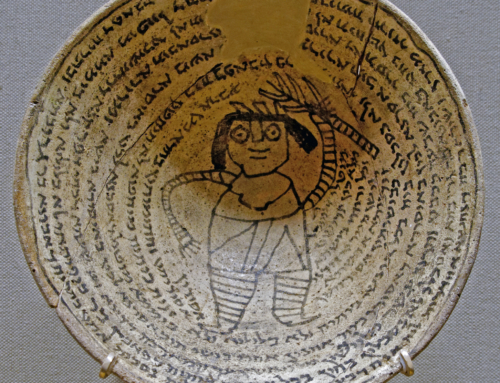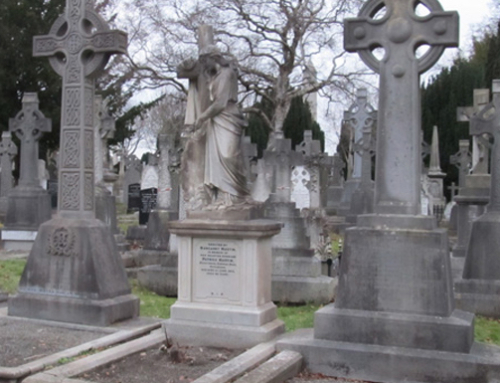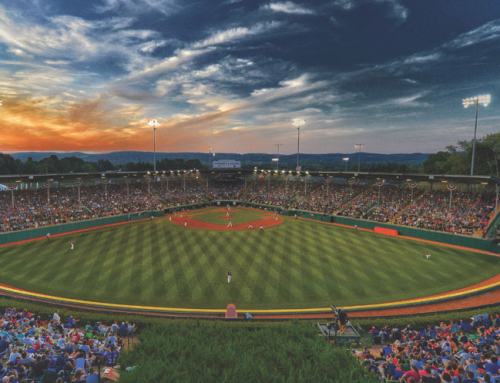
Royal Navy Hospital, Greenwich
GREENWICH, England – This is where East meets West. This also is where Time begins and when the New Year begins, this is where the first clock chimes the midnight hour.
Each day at 12:55 p.m., the Greenwich Time Ball atop the Royal Observatory rises half way up its mast signaling the time to ships along the Thames. At 12:58 it rises all the way to the top. At 1 p.m., the ball falls and all around the world clocks and watches are adjusted to Greenwich Mean Time (GMT).
Greenwich, England, Longitude 0° 0′ 0″ and Latitude 51° 28′ 38″ N, defines both time and place for the world. All areas have a latitude (North or South of the Equator) and a longitude (East or West of the Greenwich Meridian). Greenwich was chosen as the Prime Meridian of the World in 1884 when 41 delegates from 25 nations met in Washington, D.C., for the International Meridian Conference.
On the south bank of the Thames River, Greenwich is a World Heritage Site recognized for its concentration and quality of buildings of historic and architectural interest. The town became a popular resort in the 17th century, and opulent houses from the Georgian period were constructed above the town center.
Greenwich is home to the Palace of Placentia, which dates to the 15th century. The birthplace of many in the House of Tudor, including Henry VIII and Elizabeth I, the palace fell into disrepair during the English Civil War (1642-1651) and was rebuilt in 1873 as the Royal Naval Hospital for Sailors by Sir Christopher Wren. It became the Royal Naval College in 1873, and then, in 1998, the Greenwich Foundation took control. It is used by the University of Greenwich and the Trinity College of Music.
Greenwich also is home to Cutty Sark, the only remaining original Clipper ship from the 1800s, and Gipsy Moth IV, a 54 ft ketch that Sir Francis Chichester commissioned specifically to sail single-handed around the globe, racing against the times set by the clipper ships of the 19th century.
Greenwich Park is home to the National Maritime Museum, comprised of three sites: the Maritime Galleries, the Royal Observatory, and the Queen’s House. Together, these constitute one museum that illustrates to everyone the importance of the sea, ships, time, and the stars and their relationship with people.
Royal Observatory
Home of Greenwich Mean Time and the Prime Meridian line, the Royal Observatory is one of the world’s most important historic scientific sites. It is the official starting point for each new day, year, and millennium (at the stroke of midnight GMT as measured from the Prime Meridian). In 1675, Charles II founded the observatory to improve navigation at sea and appointed John Flamsteed as his first Astronomer Royal.
Disasters at sea, including a 1707 sinking that killed more than 2,000 men, prompted Parliament to “find the so-much desired longitude of places” – one’s exact position east and west – while at sea and out of sight of land. In 1714, Parliament established the Board of Longitude and offered a £20,000 reward (equivalent to about £2 million today) to anyone who could solve the problem of finding longitude at sea. Nearly 60 years later, John Harrison, a Yorkshire clockmaker, claimed the prize that stumped famous astronomers, scientists, and mathematicians, and Harrison’s “H4” changed navigation forever.
Queens House
Inigo Jones designed the Queen’s House in 1616, commissioned by King James I’s wife, Anne, to build a new pavilion for her at Greenwich. A student of Roman and Renaissance architecture, Jones designed the first entirely classical building seen in England. Though generally called Palladian in style, its model was the Medici villa at Poggio a Caiano, and it also served as a model for the White House in Washington, D.C. The house’s design, classical in proportion and harmony, was revolutionary in Britain when most buildings were Tudor-style red brick.
National Maritime Museum Galleries
The National Maritime Museum galleries are small yet spectacular. The collections comprise about 2.48 million items, many on loan to museums elsewhere in Britain. The thematically arranged galleries contain the most important holdings in the world on the history of Britain at sea, including maritime art, cartography, manuscripts, official public records, ship models and plans, scientific and navigational instruments, and time-keeping and astronomy.
It also features over 700 items about Vice-Admiral Horatio Nelson (1758–1805), Britain’s greatest naval hero. His exploits were commemorated in paintings, prints, souvenirs, poetry, and songs, and his death at the Battle of Trafalgar made him a model of duty and devotion to his country.
During the Victorian era, Britons found it difficult to reconcile Nelson’s celebrated standing with his immoral private life: Nelson deserted his wife for a ménage à trois with Lord William Hamilton, the British envoy to Naples, and his wife, Lady Emma Hart Hamilton, who bore his illegitimate daughter, Horatia.
In 1800, Nelson’s wife, Fanny, issued an ultimatum on whether it was to be her or Emma. Nelson replied, “I love you sincerely but I cannot forget my obligations to Lady Hamilton or speak of her otherwise than with affection and admiration.”
The two never lived together again. The contradictions between the hero and the scoundrel have prolonged fascination with Nelson’s life and career for 200 years.
Ready for a Challenge?
Have even more fun when you accept the 21-Day Writing Sprint Challenge. This process is one I use every semester with my college students, so I know it can kickstart your creativity and introduce structure to your writing schedule. When you join my Circle of Writers & Authors, you’ll receive FREE writing resources, and you’ll sign up for my newsletter. I will not sell your information, or spam you. I will send you updates about new articles and podcasts I’ve created, and projects I’m working on. You can unsubscribe at anytime. Read my Privacy Policy here.
Wholehearted Author is for you if you are …
- Starting out as a writer and could use some guidance
- Wanting to be inspired to create and publish your book
- Looking for like-minded, happy people and helpful mentors
- Hoping to turn your writing into a full-time, awesome career
- New to the concept of “permission marketing” but willing to try
CATCH THE WEST WIND
Add WEST WIND to your library!
If you love a good mystery, a romantic whodunit that will surprise you, then WEST WIND is a great addition to your ebook library.
West Wind is my third novel as an author of Contemporary Fiction, Suspense, Thriller, and Romance. It’s FREE too, when you join my exclusive Readers Group. Join today and download your free book, and as a special thank you, you’ll receive a SECOND FREE BOOK tomorrow! The giving goes on and on when you become my fan.
When you join my Readers Group, you’ll receive updates about new projects I’m working on. You can unsubscribe at anytime. Read my Privacy Policy here.





